Which concentration of tretinoin cream is best for acne?

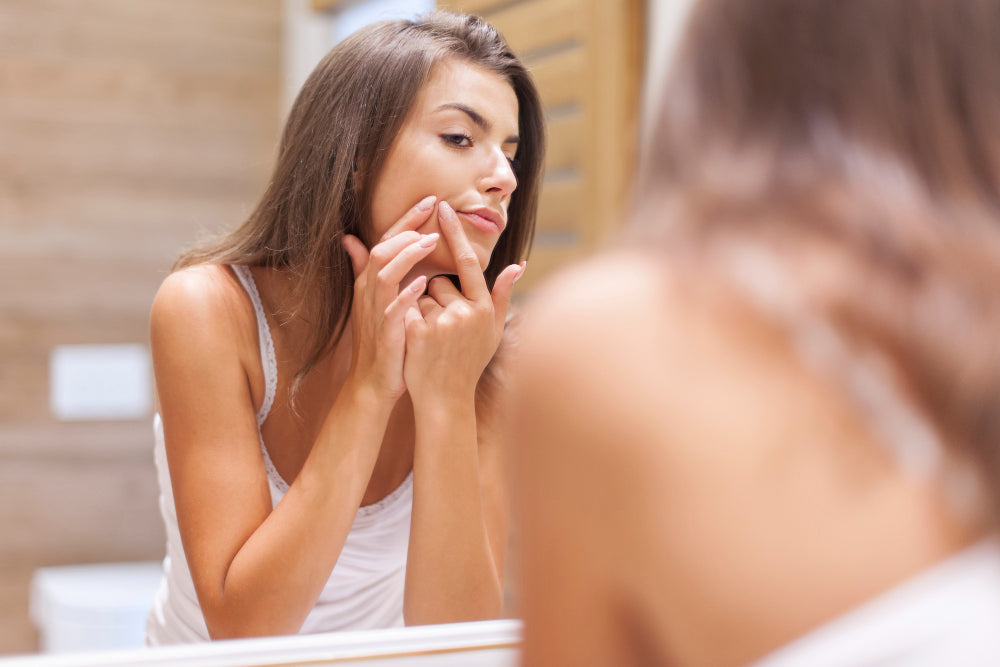
Related products
Topical tretinoin cream is available in various concentrations.
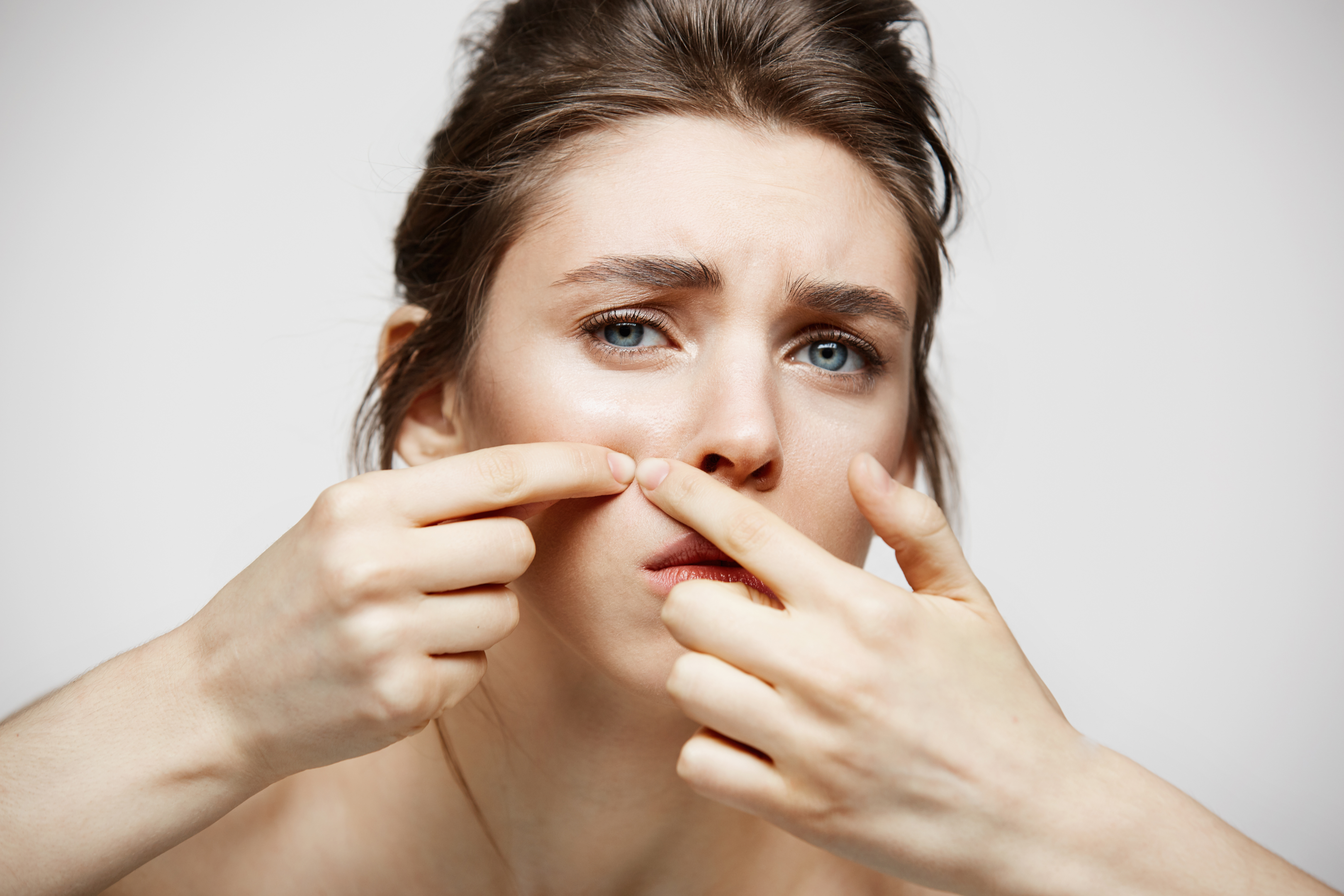
Acne vulgaris is a complex skin condition, and various treatment strategies are used. What is acne? How does tretinoin cream work in acne, and what concentration of tretinoin cream suits you? Let's answer these frequently asked questions.
For those exploring broader solutions for breakouts, Welzo offers a wide range of effective options in their curated medication for acne collection. It includes both prescription and over-the-counter treatments tailored to various skin types and severities.
What is acne?
Acne is a very common skin condition throughout the world. It is experienced by a vast majority of British people. According to NHS, 95% of young people (in the age group 11-30) experience acne. Why does it develop?
Acne breakouts occur as you enter the adolescent age. It develops when the pores on your skin are clogged with dead skin cells and sebum. The bacteria present in the local area will attack, causing infection. So, three factors have a role in the development of acne.
-
Production of excessive sebum
-
Presence of dead cells on the skin
-
Opening of pores and the presence of bacteria on the skin
In some cases of mild acne or early inflammation, dermatologists might recommend topical antibacterial solutions like Acnecide Gel, which effectively targets acne-causing bacteria and reduces inflammation in affected areas.
What are the different types of acne?
Depending upon the cause, there are several types of acne. The common types are;
Inflammatory acne
The skin appears red, painful, tender and swollen. The common presentations are pimples, papules and pustules on the skin.
Nodular/ Cystic acne
It occurs when the bacteria on the skin invade the deep layers of the skin and is a difficult-to-treat type of acne.
Comedonal acne
The clogging of skin pores with dead skin cells and sebum results in this form of acne. You will find blackheads and whiteheads on the skin.
Maintaining clear skin requires more than just treatment—it needs consistent care. Welzo’s complete skin care collection features products that support barrier repair, hydration, and long-term skin health beyond acne.
Tretinoin cream, the most common topical medication for acne
A variety of topical products are available for the treatment of acne. These products are mostly based on mineral oils and acids that peel the skin, remove the dead skin cells and cleanse the skin from harmful opportunistic bacteria. The efficacy of these products is variable, and people tend to have personal reasons for choosing one product over the other.
Topical tretinoin is one such drug dermatologists prescribe for treating acne, premature ageing and photodamaged skin. It is one of the best drugs used for this purpose, and an earlier study published in the European Journal of Dermatology has found that it's 0.05% topical cream is effective in treating severe acne. In cases where patients also experience irritation or dermatitis, combination treatments like Trimovate cream, which includes a corticosteroid, antibacterial, and antifungal component, may be prescribed to calm the skin alongside a tretinoin regimen.
Besides anti-acne creams, it is also present in various anti-acne face washes and other cosmetic products.
What is the active ingredient in topical tretinoin?
Tretinoin, the active ingredient present in these creams is a synthetic derivative of vitamin A and is also known as retinoic acid. In some products, it is combined with salicylic acid for better efficacy.
It is a white crystalline powder which is highly potent. How does this chemical work?
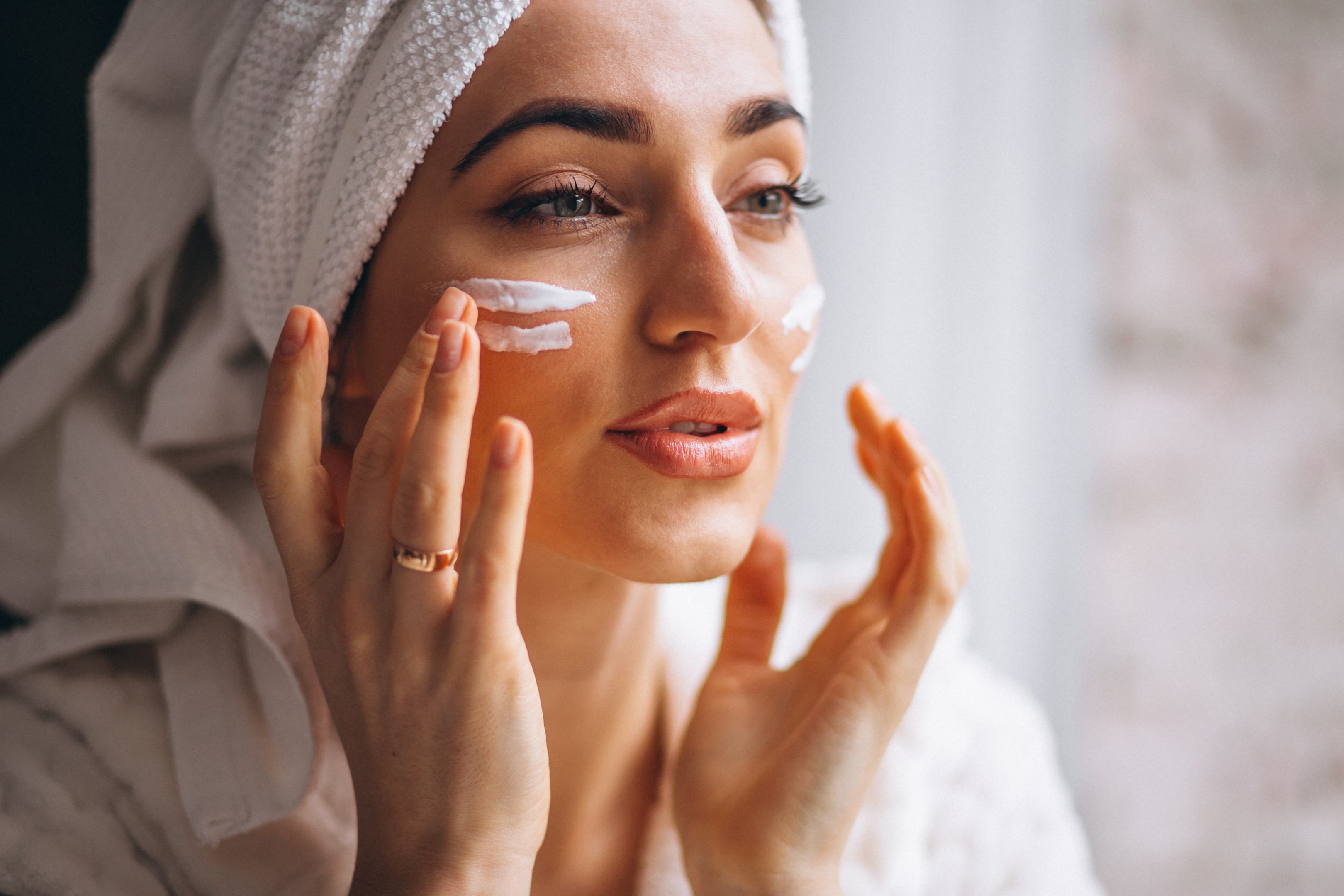
It lightens your skin through skin peeling, i.e., it displaces the old dead skin cells and new and younger cells take their place. That's why it is also a part of many anti-ageing creams used for photodamaged skin. It also has anti-inflammatory properties, unclogs the skin pores and maintains the flow of sebum. Products like Palmer's Skin Success Eventone Fade Cream For All Skin Types 75g are often used alongside retinoids to address post-inflammatory hyperpigmentation and even out skin tone after acne treatment.
What concentrations of tretinoin are available?
Tretinoin creams are available in various concentrations ranging from 0.05% (the lightest) to 0.1% (the strongest available concentration).
Regardless of the concentration, these creams are available on prescription only in the UK. It means you need to consult a dermatologist before using it. The dermatologist will decide which concentration suits you best.
For those needing a gentle, protective base alongside tretinoin to prevent irritation, using a product like AproDerm Barrier Cream 100g can help protect sensitive skin from over-drying and external irritants.
Which concentration is best for you?
There is no such 'best' concentration' that suits the needs of everyone as there are a lot of skin-to-skin and person to person variations. Most people use the hit-and-trial approach for this and use various concentrations before arriving at the best option to treat acne.
So, it is common for dermatologists to start from the minimum strength of 0.05% and gradually increase it if needed. The start from a lesser dose causes minimum and manageable side effects with an acceptable degree of stability. So, you need to know what side effects can be expected from a higher strength.
What side effects can occur with higher strength of tretinoin?
In a quest for rapid treatment, you may switch to the highest available concentration. It is highly guarded.
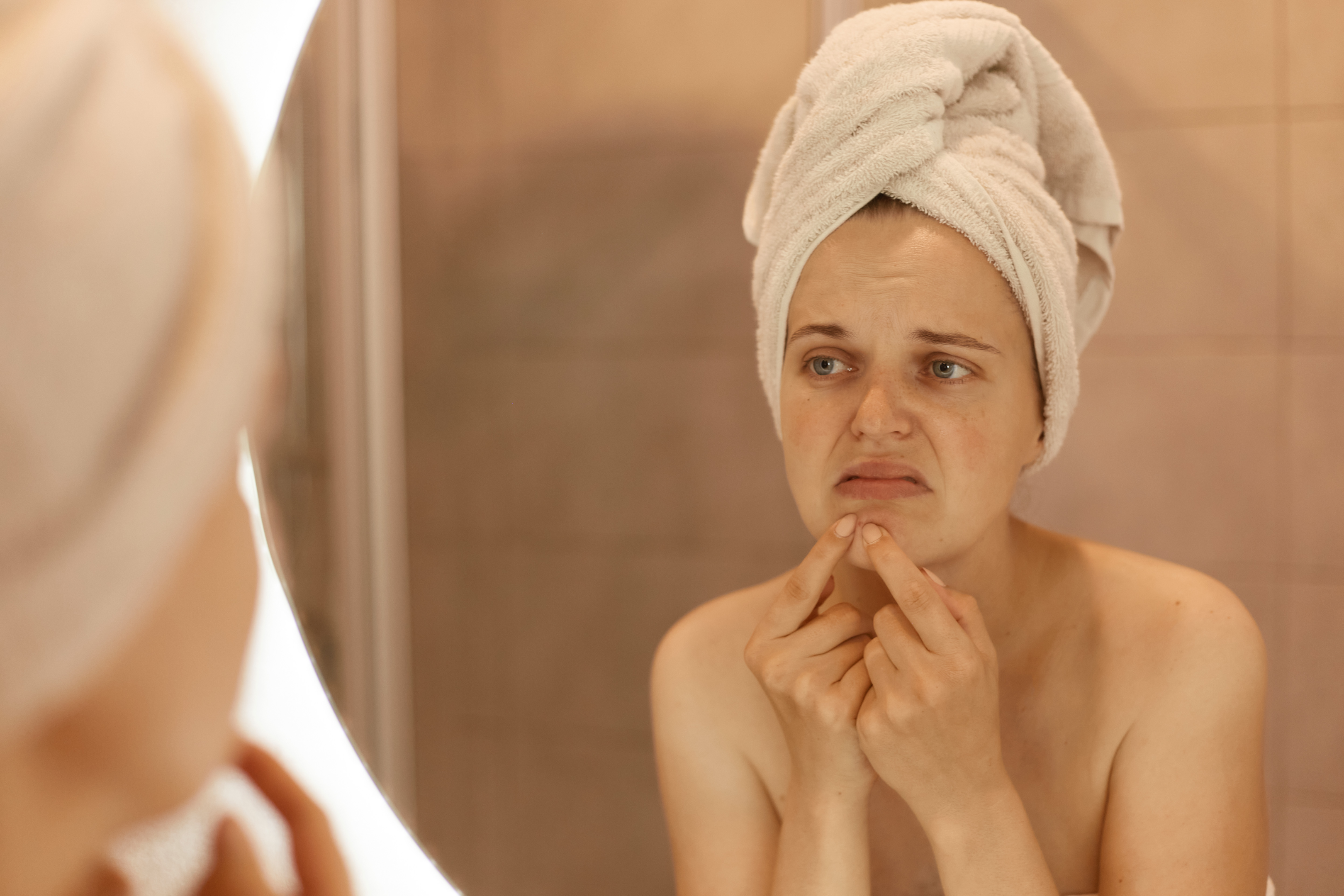
A higher strength of topical retinoids will expose you to side effects, e.g.,
-
Itching, burning, scaling, stinging and redness of the skin. The risk is particularly high if you have sensitive skin.
-
Heavy skin irritation and dryness
-
Unusually warm skin
-
Lightening of the treated area due to high skin cell turnover
-
Lightening of skin colour in the target area causes higher photosensitivity.
-
Mild to severe peeling of the skin
-
A severe allergic reaction. Although it is rare, if it occurs, it becomes a hospital emergency. The allergic reaction symptoms are swelling, rashes, itches, troubled breathing, sore throat and dizziness.
It is in your best interest to keep an eye on these issues and inform immediately to your dermatologist.
If your skin does show irritation or becomes excessively dry, using a mild skin-soothing product like Acnecide Gel can help ease bacterial buildup and inflammation without further compromising the skin barrier.
Final words
Tretinoin-based products are used for cosmetic and dermatological treatments. Due to their ability to increase collagen production, these creams are also included in the topical medications prescribed for photodamaged skin. However, dosing is very important for skin products.
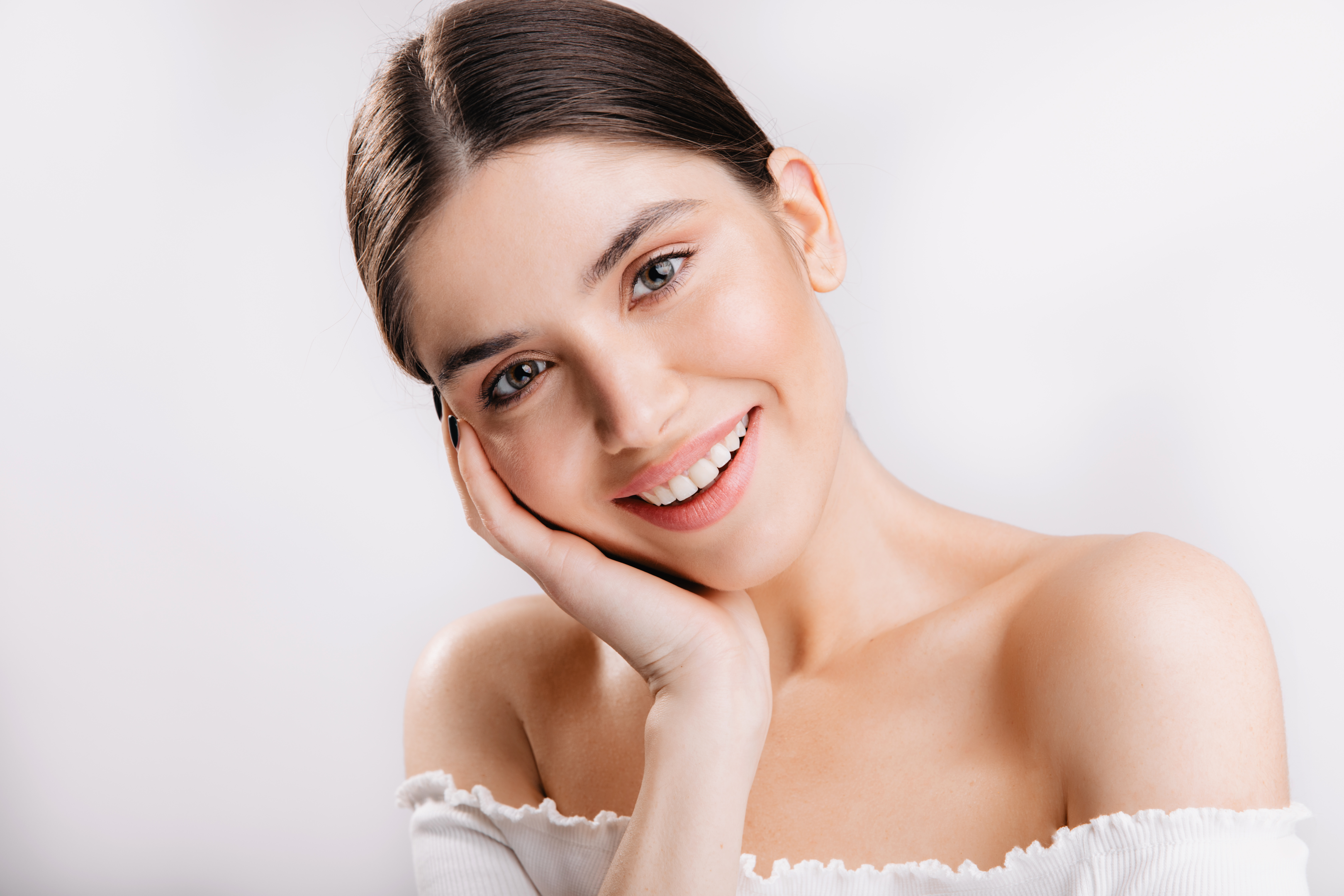
There is no such thing as the most suitable concentration of a drug. The suitability is a variable that depends on your skin condition and the nature of the issue. As it is a prescription drug, you should leave the job of selecting the most suitable medication for you to your dermatologist. However, keeping a rigorous eye on side effects is in your best interest and report immediately to the dermatologist. Continue to seek professional medical advice whenever needed.







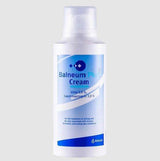




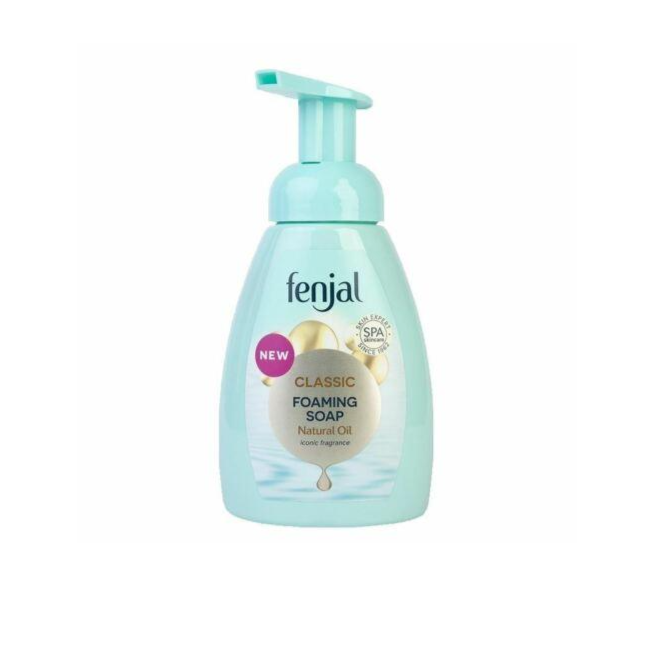
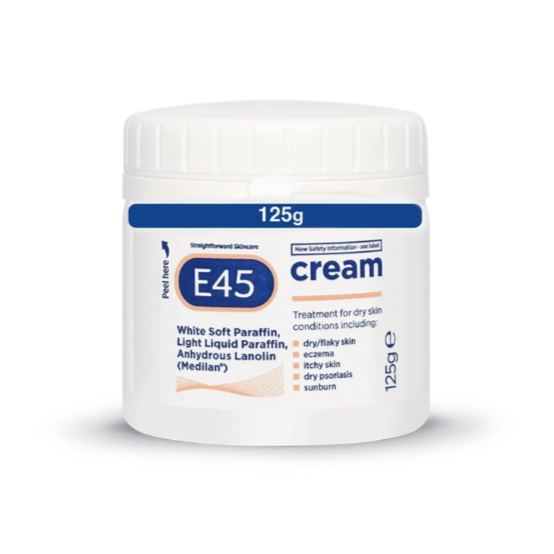
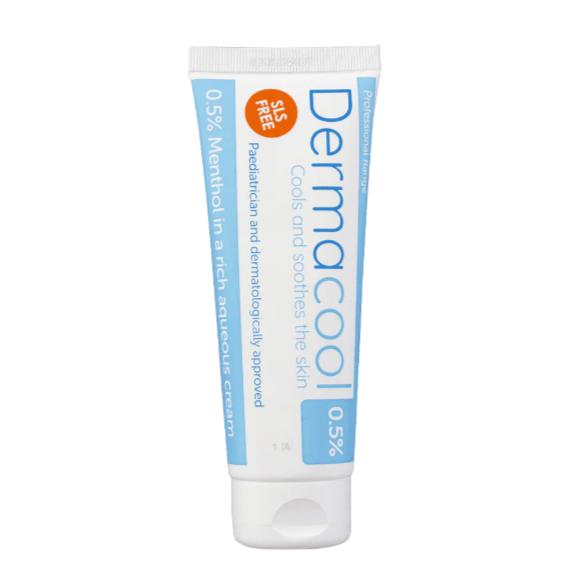
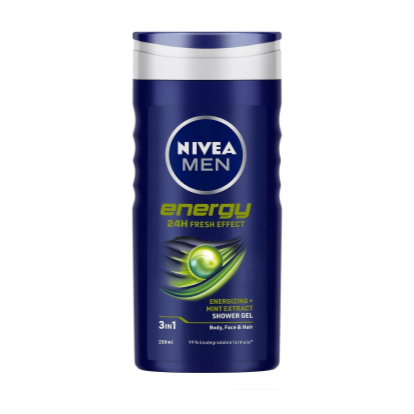
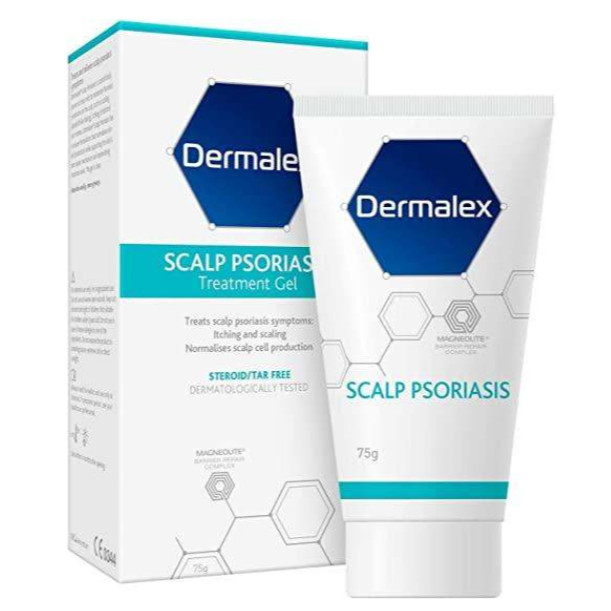


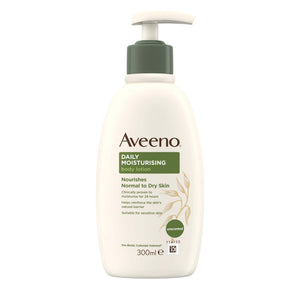





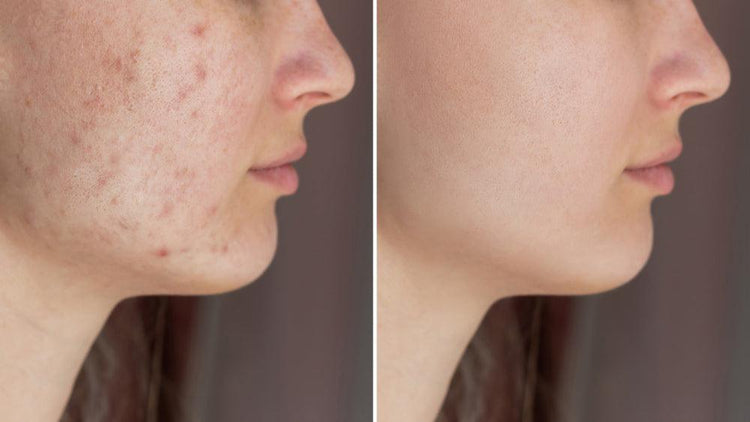


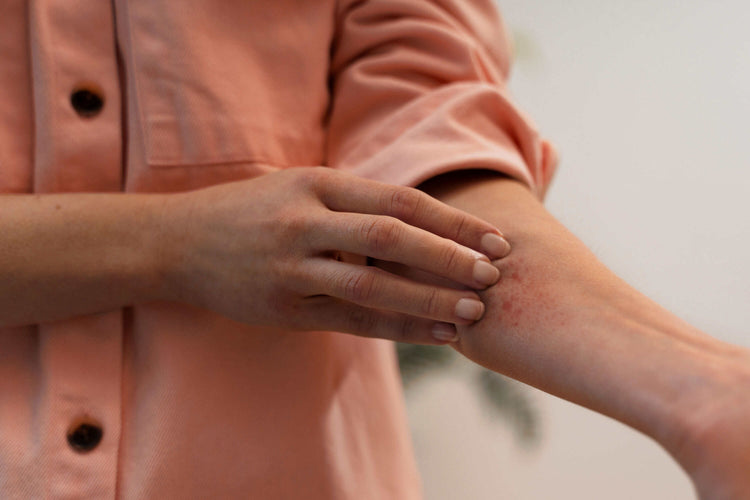
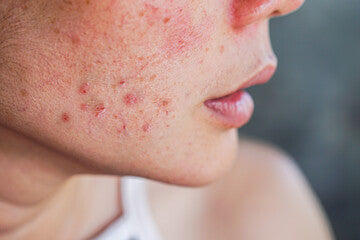
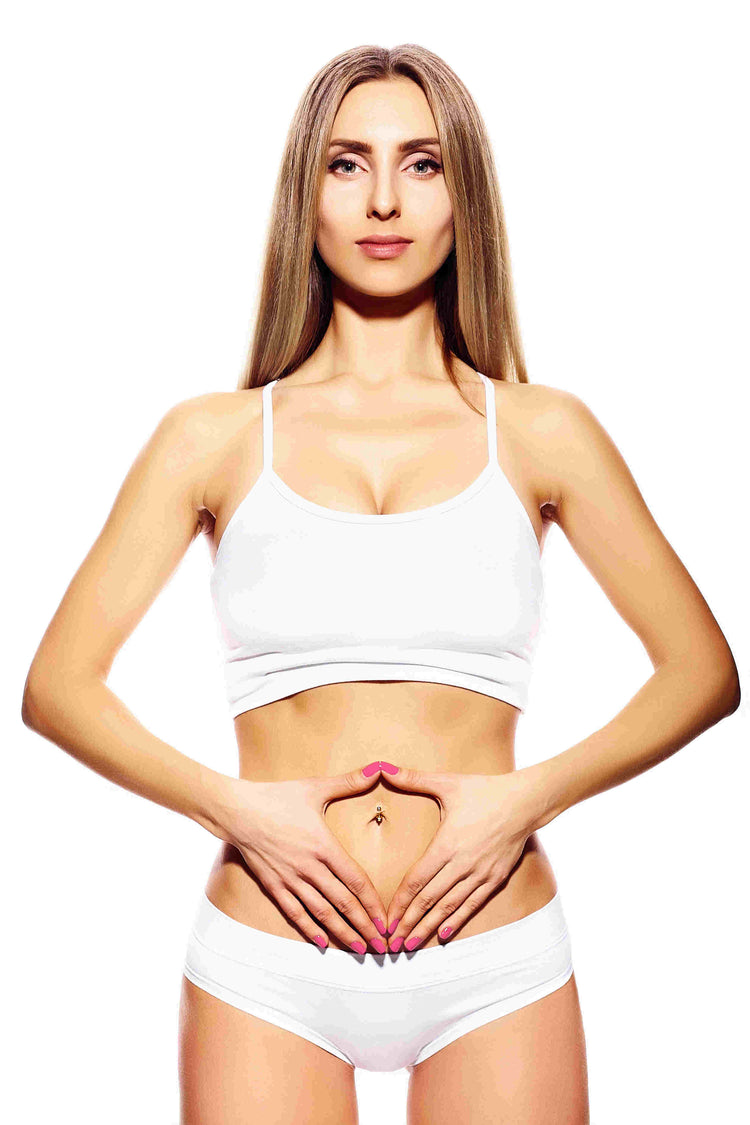
 Rated Excellent by 14,617+ Reviews
Rated Excellent by 14,617+ Reviews